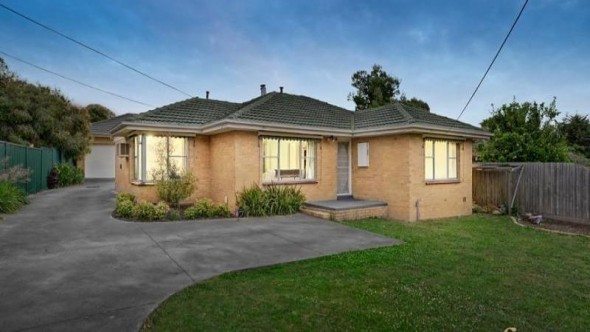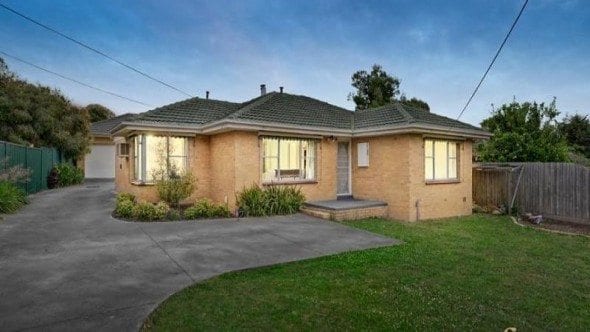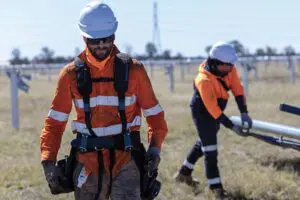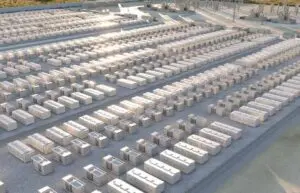 A ground-breaking trial by Victorian network operator AusNet Services has again succeeded in taking part of a Melbourne street completely off grid – this time a group of 17 houses, for a total of 9 hours, powered only by the collective solar and battery storage systems installed on 14 of the homes.
A ground-breaking trial by Victorian network operator AusNet Services has again succeeded in taking part of a Melbourne street completely off grid – this time a group of 17 houses, for a total of 9 hours, powered only by the collective solar and battery storage systems installed on 14 of the homes.
The achievement, notched up last week, is the latest for AusNet Service’s Mooroolbark Mini Grid Trial, which aims to demonstrate how utilities can harness concentrated pockets of distributed energy generation to help optimise the performance of the grid, while also delivering what customers need: a reliable, and cheaper, electricity supply.
It follows up on the success of a first experiment, in May, which successfully separated eight homes from the grid – two without solar and storage – and operated them as a stand-alone solar and battery storage powered mini grid, before reintegrating them seamlessly.
The trial is based around what AusNet calls DENOP – a Distributed Energy Network Optimisation Platform – a cloud based software layer which operates in conjunction with a control platform to orchestrate the activities of the distributed solar and storage resources.
Of the 17 households involved in the latest trial, 14 have rooftop solar PV (an average of 3kW each) coupled with 10kWh of battery storage. The remaining three households have neither, but are linked up to their solar neighbours by the inverter technology.
AusNet Services’s general manager of network engineering, Siham Knowles, said the latest breakthrough helped prove that the utility could use this DENOP technology to orchestrate distributed energy resources, using the platform to safely enable more renewables on the network without impacting the grid.
“We managed to keep this group of 17 houses offline for a good 9 hours,” Knowles told One Step Off The Grid on Monday.
“During that time… those three houses not taking part (in the trial) were able to be powered via the distributed energy resources in the mini grid being supplied purely by smart inverter technology.
“What that proved to us was that we could actually create a mini-grid in an area and allow it to supply temporary back-up (generation),” she added.
“This could support us during extremely hot weather; it could support us in remote areas; it could be used to reduce bush fire risk; or just kick in if there’s an outage.”
The hardware at the centre of the trial is AusNet Service’s switching cabinet, a cabinet sized, ground-mounted 10kWh/15kVA stabiliser system that is installed separately from the houses, and which allows the mini-grid to seperate from the network safely.
Behind the scenes, meanwhile, is the energy control platform of Melbourne based demand aggregator, GreenSync.
“We send (GreenSync) signals from DENOP providing instructions for them to execute the control to the individual customer system,” says Knowles.
“It’s been a really good exercise to work through together.”
“From our perspective,” added Knowles, “what this (latest trial) is proving, is that we can actually optimise and orchestrate customer DER. Ultimately that means we can facilitate more renewables, increase reliability and make it more affordable for everyone, whether they choose to participate or not.
“Throughout the whole process, customers are engaged and know what’s going on, but most of it is automated. It happens seamlessly, in the background.”
More broadly speaking, the trial chalks up another victory in the industry-wide effort to ensure that the enormous uptake of rooftop solar by Australian households and businesses is harnessed by networks – and the network operator – to help provide crucial grid balancing and particularly peak shaving services.
Because if it isn’t – as AEMO’s Dr Jenny Riesz warned earlier this month – it could quickly become one of the biggest threats to grid stability.
“(It’s) really important that we pursue these opportunities,” Riesz told the Asia Pacific Solar research Conference in Melbourne.
“If we have poorly coordinated DER, you can have quite the opposite effect. Instead of being our biggest opportunity, DER can be our biggest risk and our biggest problem on the grid.”
And Knowles agrees. “From our perspective, if (the distributed energy resource) is not coordinated effectively it will actually impose more costs,” both for networks and customers.
“This technology enables all those customers to optimise their (rooftop solar) investment – or, not to be hit with additional costs if they don’t want to be a player.”
This article was originally published on RenewEconomy’s sister site, One Step Off The Grid, which focuses on customer experience with distributed generation. To sign up to One Step’s free weekly newsletter, please click here.










